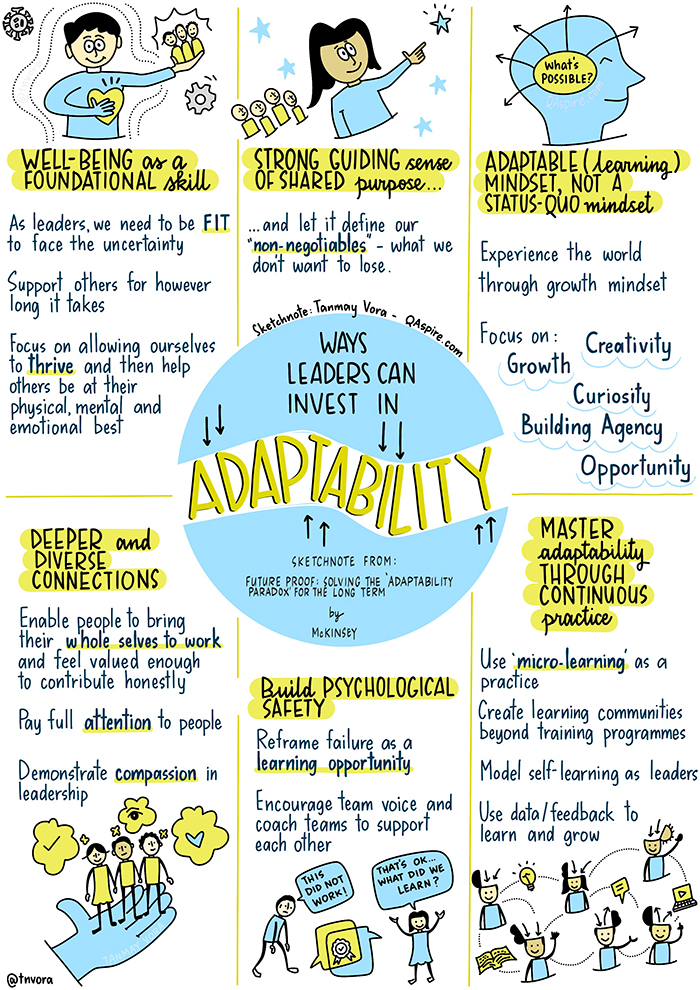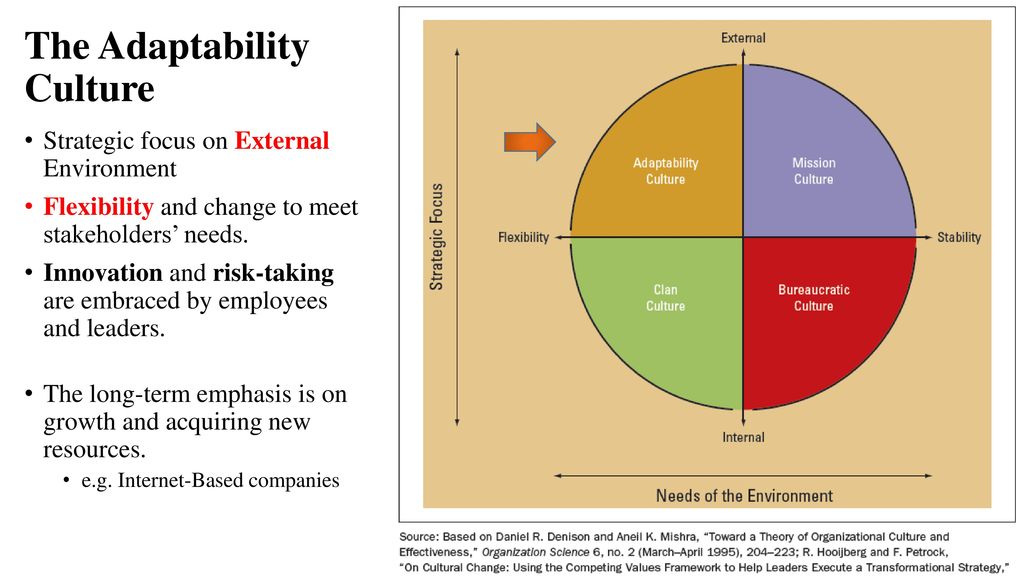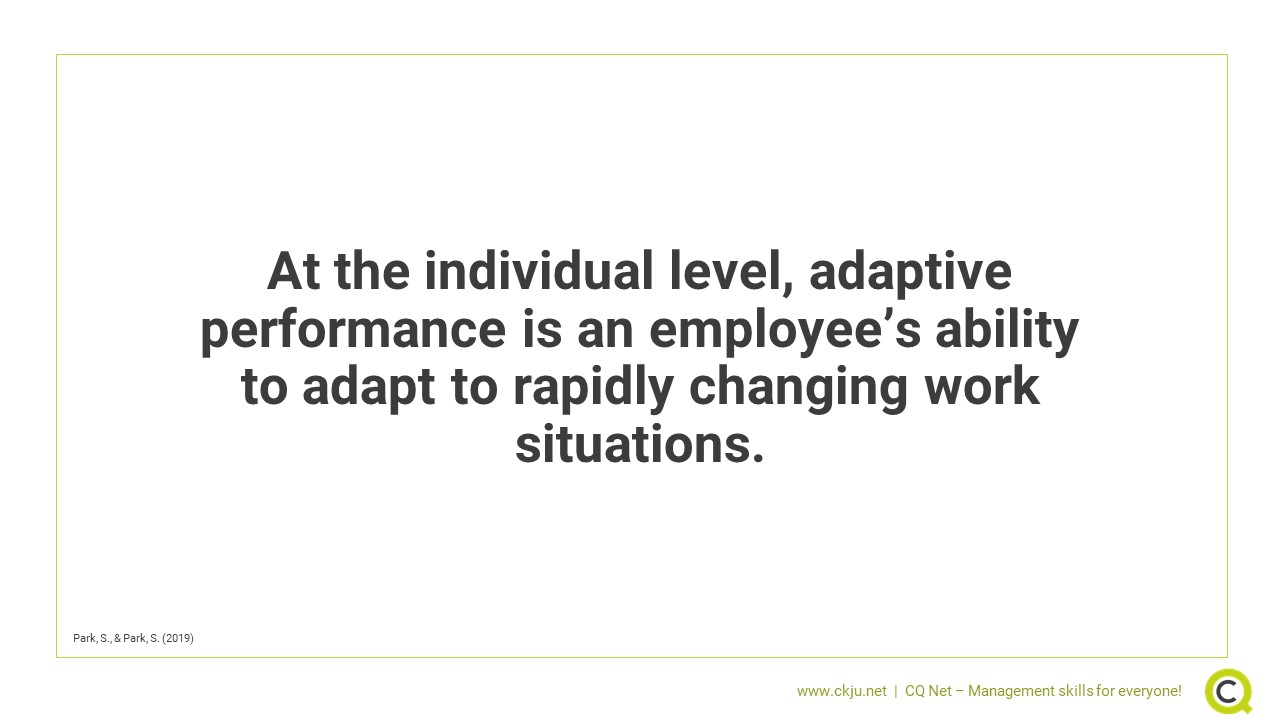Introduction to Adaptability Culture definition
Understanding Adaptability Culture
Welcome to the thriving world of adaptability culture! At its core, adaptability culture refers to an organization’s ability to pivot, innovate, and embrace change in response to evolving circumstances. Picture this: you’re riding the waves of a fast-paced business environment when suddenly, a storm arises—market trends shift, consumer preferences change, and unexpected challenges pop up. In organizations with a robust adaptability culture, teams are encouraged to think creatively and remain flexible, much like surfers who ride the waves instead of getting swept away by them.
Importance of Adaptability Culture
Why is adaptability culture so crucial in today’s world? The answer lies in the competitive landscape. Companies that foster this culture tend to outperform their less adaptable counterparts. Here are some key reasons why prioritizing adaptability is essential:
- Resilience : Organizations that embrace adaptability can bounce back more quickly from setbacks.
- Innovation : A climate of flexibility fosters creativity, leading to fresh ideas and solutions.
- Employee Engagement : A workplace that values adaptability often sees increased job satisfaction and retention rates.
Many successful companies, like Google and Amazon, exemplify adaptability culture. Their continuous innovation and openness to change signal to their employees and clients that agility is a core value. Embracing adaptability culture isn’t just beneficial—it’s essential for survival and success in the ever-evolving business landscape!

Characteristics of an Adaptability Culture
Flexibility and Open-Mindedness
As we explore the characteristics of an adaptability culture, let’s dive into two essential traits: flexibility and open-mindedness. Picture a team in a brainstorming session. Instead of rigidly sticking to a single idea, team members bounce different concepts off one another, welcoming even the wildest suggestions. This environment helps generate innovative solutions, promoting a culture where every voice matters.
Here’s how flexibility and open-mindedness manifest in the workplace:
- Encouragement of Diverse Perspectives : Valuing various viewpoints can lead to richer ideas and solutions.
- Willingness to Change Plans : Agile teams can pivot when things don’t go as expected—think of how a quick-minded chef improvises a recipe with available ingredients!
Like a well-tuned orchestra, each member contributes their unique sound while harmonizing—and that’s the beauty of open-mindedness.
Embracing Change
Next, let’s talk about embracing change. This characteristic is as vital as the others, helping organizations stay ahead of the curve. Think about a company launching a new product in response to market trends. Instead of clinging to outdated methods, they invest resources into research and development, showcasing a commitment to growth.
Key elements of embracing change include:
- Proactive Mindset : Anticipating shifts in the market rather than reacting to them.
- Continuous Learning : Encouraging employees to upskill and reskill ensures everyone is prepared for future challenges.
By fostering an environment where change is welcomed, organizations not only enhance their adaptability but also inspire confidence and motivation among their employees. Transitioning together through change becomes a shared journey toward success.

Building Blocks of an Adaptability Culture
Leadership Support
Continuing our exploration of adaptability culture, one cannot overlook the significance of strong leadership support. Leaders set the tone for the entire organization. When they actively advocate for flexibility and encourage open dialogue, it fosters a safe space for innovation. Imagine a manager who not only embraces new ideas but also celebrates them—this transforms the workplace dynamic, making employees feel valued.
Here are a few ways leadership support can bolster adaptability:
- Modeling Behavior : Leaders should demonstrate adaptability in their decisions and processes, showcasing an approach that encourages team members to do the same.
- Allocating Resources : Investing in training and development empowers employees to adapt in real-time, preparing them for unforeseen challenges.
When leaders show unwavering support for adaptability, it instills a sense of trust, paving the way for a more resilient organization.
Employee Engagement
Just as leadership support is crucial, employee engagement plays a vital role in building an adaptability culture. When employees are actively involved and invested in their work, they are more likely to embrace change. Picture a scenario where a company asks for feedback on a new initiative—when employees feel their opinions count, they heighten their commitment and creativity.
To enhance employee engagement, organizations can:
- Encourage Participation : Regularly involve employees in decision-making processes.
- Recognize Contributions : Acknowledging individual and team efforts fosters a sense of ownership and encourages further innovation.
By creating an environment where employees are engaged and feel invested in the organization’s direction, adaptability becomes a collective effort. With robust leadership support and a focus on employee engagement, companies can lay the essential building blocks of an adaptability culture, ready to face future challenges with confidence.

Benefits of an Adaptability Culture
Improved Innovation
As we delve into the benefits of cultivating an adaptability culture, one of the standout advantages is improved innovation. When organizations create an environment that encourages experimentation and accepts occasional failures, it fosters a breeding ground for new ideas. Think about companies like Apple or Tesla—these innovators thrived because they embrace change as part of their core identity.
Here are some ways an adaptability culture enhances innovation:
- Encouraging Experimentation : Employees feel empowered to try new approaches without fear of negative consequences.
- Collaboration Across Teams : Diverse teams engaging with one another can lead to creative solutions that wouldn’t emerge in siloed environments.
When your team feels safe to innovate, you’ll often find surprising breakthroughs that can redefine your products or services.
Enhanced Problem-Solving Skills
Another significant benefit of an adaptability culture is enhanced problem-solving skills among employees. Teams that embrace adaptability tend to develop a proactive mindset; they are always ready to tackle challenges head-on. Imagine a team facing an unexpected roadblock. Instead of stalling, they leverage their adaptability to brainstorm alternative solutions and pivot accordingly.
Consider these elements that bolster problem-solving skills:
- Critical Thinking Development : An environment that invites diverse perspectives helps individuals think critically about issues.
- Learning from Setbacks : Viewing challenges as learning opportunities allows for continuous improvement.
In essence, a strong adaptability culture doesn’t just equip your organization with the tools for innovation; it also cultivates a workforce ready to tackle challenges with skill and confidence. Together, these benefits create a dynamic atmosphere that propels the organization toward long-term success.

Implementing Adaptability Culture in the Workplace
Training and Development Programs
Now that we’ve explored the benefits of an adaptability culture, let’s discuss how to implement it effectively in the workplace. One of the first steps is through robust training and development programs. These initiatives empower employees to learn new skills, broaden their perspectives, and foster a growth mindset. Think about it: when an employee feels equipped to tackle new challenges, their confidence skyrockets!
Here are some effective training strategies to consider:
- Workshops on Agile Methodologies : Familiarizing teams with agile practices can enhance their ability to adapt swiftly.
- Cross-Functional Training : Encouraging employees to learn about different departments can create empathy and foster collaboration.
By continuously investing in your team’s development, you establish a foundation for adaptability that permeates your organization.
Communication Strategies
Equally important to fostering adaptability is establishing strong communication strategies. Open and transparent communication channels create an environment where ideas can flow freely and where change can be discussed openly. Picture a scenario where managers conduct regular feedback sessions—this not only keeps everyone informed but also allows for collective problem-solving.
Consider these communication tactics:
- Daily Stand-Up Meetings : These brief check-ins can help teams share updates and quickly address concerns.
- Anonymous Feedback Tools : Encouraging employees to share their thoughts without fear of judgment promotes candid conversations.
By creating an atmosphere of open communication alongside training and development, you lay a resilient groundwork for an adaptability culture. Together, these strategies empower your workforce to embrace change and thrive in an ever-evolving landscape.